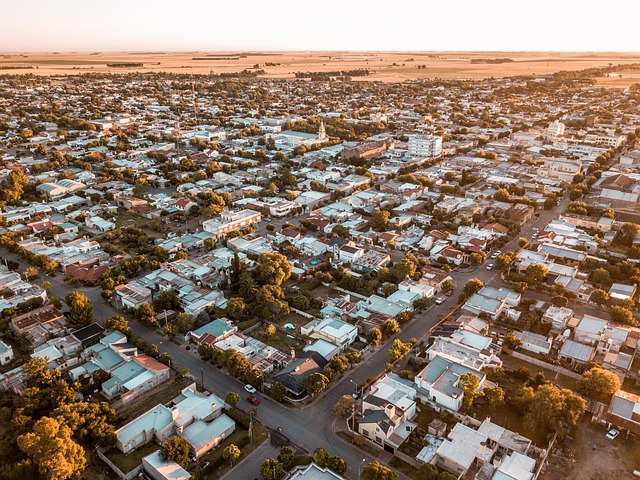In real estate, understanding local zoning regulations is crucial for investors, developers, and buyers. These regulations, based on land use categories like residential, commercial, or industrial zones, dictate building types, density, and infrastructure. Local governments and urban planners consider demographics, population growth, economic trends, environmental sustainability, and unique area characteristics to determine these categories. Real estate professionals stay informed on zoning changes, collaborate with experts, guide clients, and aid in sustainable community development while preserving neighborhood character.
In the dynamic realm of real estate, understanding land use regulations is paramount for developers, investors, and urban planners. This article serves as a comprehensive guide, delving into the intricacies of identifying permissible land use categories. From navigating local zoning ordinances to assessing market demands, we explore critical factors shaping land use decisions. By the end, readers will grasp the essential steps in determining suitable land applications, fostering informed strategies within the real estate sector.
Understanding Land Use Regulations in Real Estate

In the realm of real estate, understanding land use regulations is paramount for investors, developers, and buyers alike. These rules dictate how property can be used, ensuring sustainable development and community well-being. Land use categories, often defined by zoning laws, classify areas based on permitted activities, such as residential, commercial, industrial, or mixed-use zones. Each category has specific guidelines regarding building types, density, and infrastructure requirements.
Navigating these regulations is crucial for successful real estate ventures. Developers must adhere to the prescribed land use categories to obtain necessary permits and avoid legal complications. For instance, converting a residential area into a commercial hub would be inappropriate without the appropriate zoning changes, reflecting the nuanced relationship between land use, community planning, and economic growth in the real estate sector.
Identifying Permissible Land Use Categories

Identifying permissible land use categories is a crucial step in navigating the real estate landscape. It involves a comprehensive understanding of local zoning regulations, which dictate how land can be used and developed. Each category, such as residential, commercial, industrial, or mixed-use, has specific rules regarding building types, density, and amenities allowed. For instance, residential areas typically restrict non-dwelling uses while promoting single-family homes, apartments, or condos. In contrast, commercial zones facilitate office buildings, retail spaces, and services, often with higher allowances for parking and floor space ratios.
Real estate professionals play a vital role in this process by staying abreast of zoning changes and collaborating with architects, developers, and urban planners to ensure compliance. By understanding these categories, they can guide clients on suitable property investments, help design projects that adhere to regulations, and contribute to the sustainable development of communities. This meticulous approach ensures that land is utilized efficiently while preserving the character and integrity of different neighborhoods.
Factors Influencing Land Use Decisions

When determining permissible land use categories, several factors come into play, especially in the dynamic realm of real estate. Local governments and urban planners consider demographics, population growth, economic trends, and environmental sustainability to shape land use policies. The unique characteristics of each area—such as its topography, climate, and existing infrastructure—significantly influence the types of development that are both feasible and desirable.
For instance, coastal regions might be geared towards tourism and beachfront residential properties, while rural areas could prioritize agricultural use or conservation efforts to preserve natural landscapes. Demographic shifts, like population density changes and aging populations, also drive decisions. Planners must adapt land use guidelines to meet the evolving needs of communities, ensuring a harmonious balance between urban expansion, environmental preservation, and quality of life for residents.






